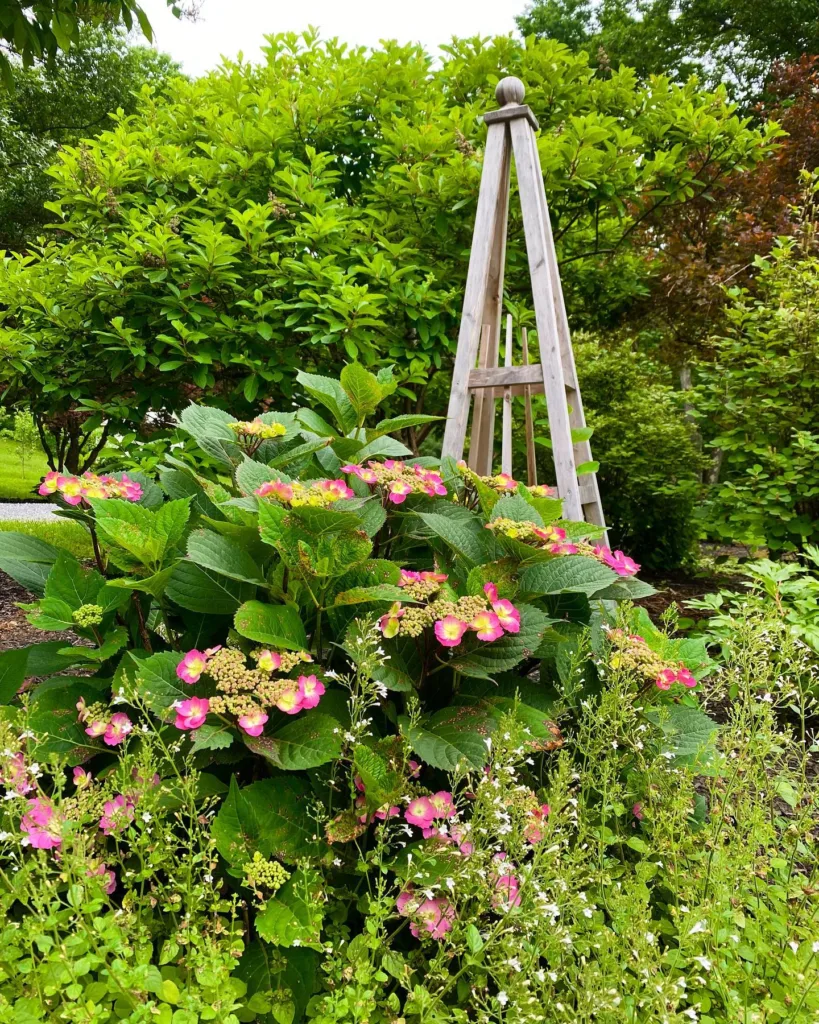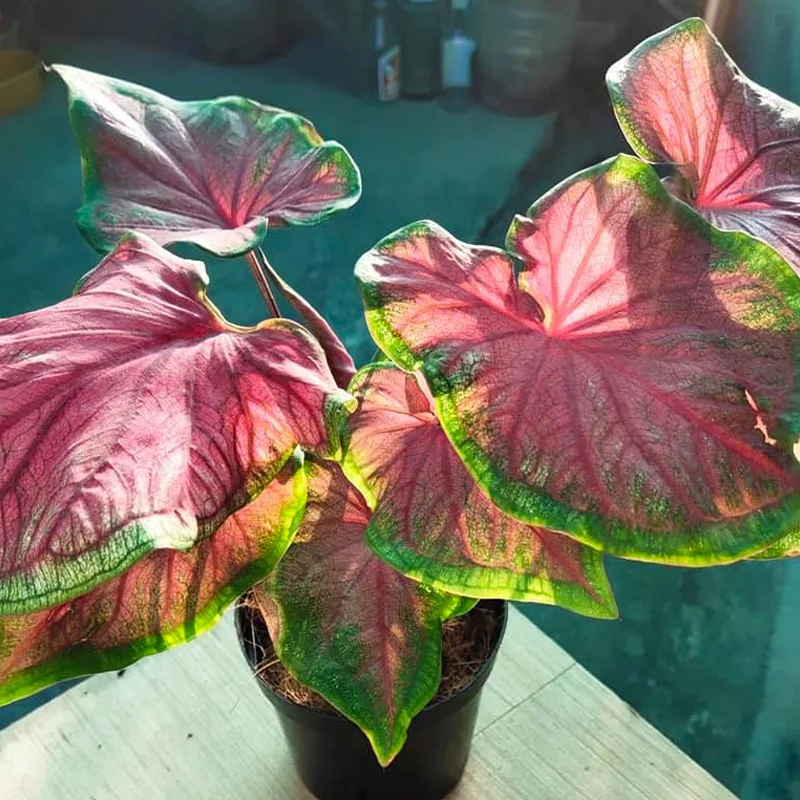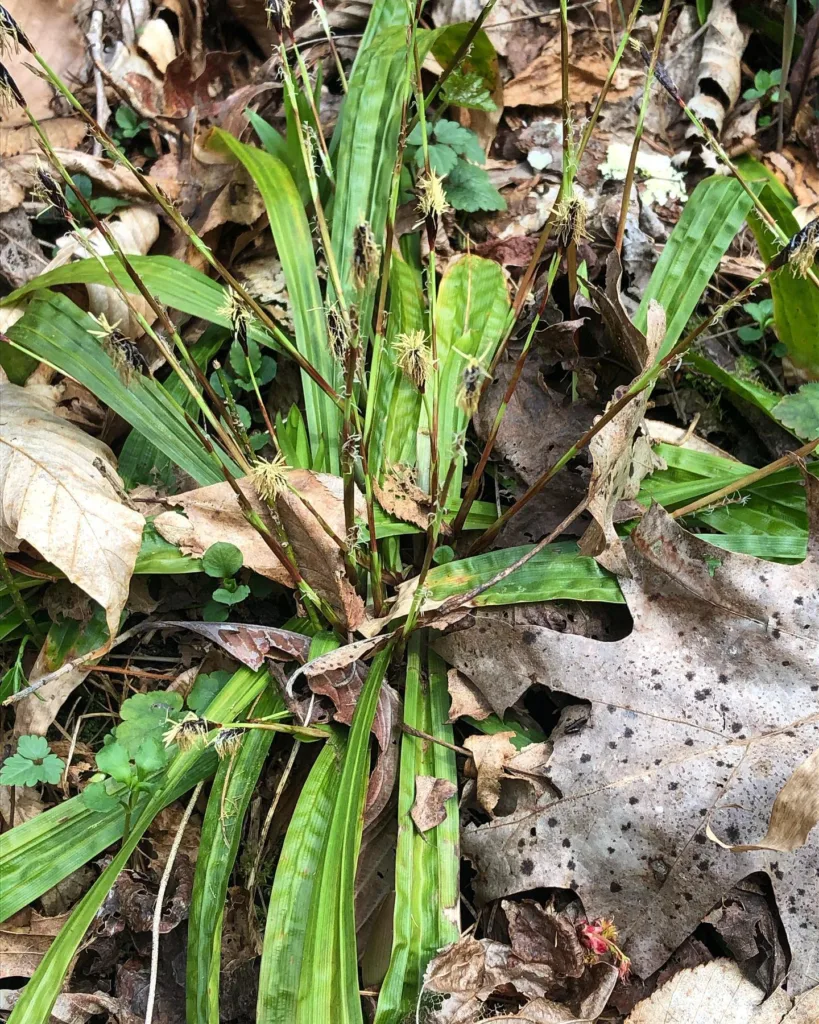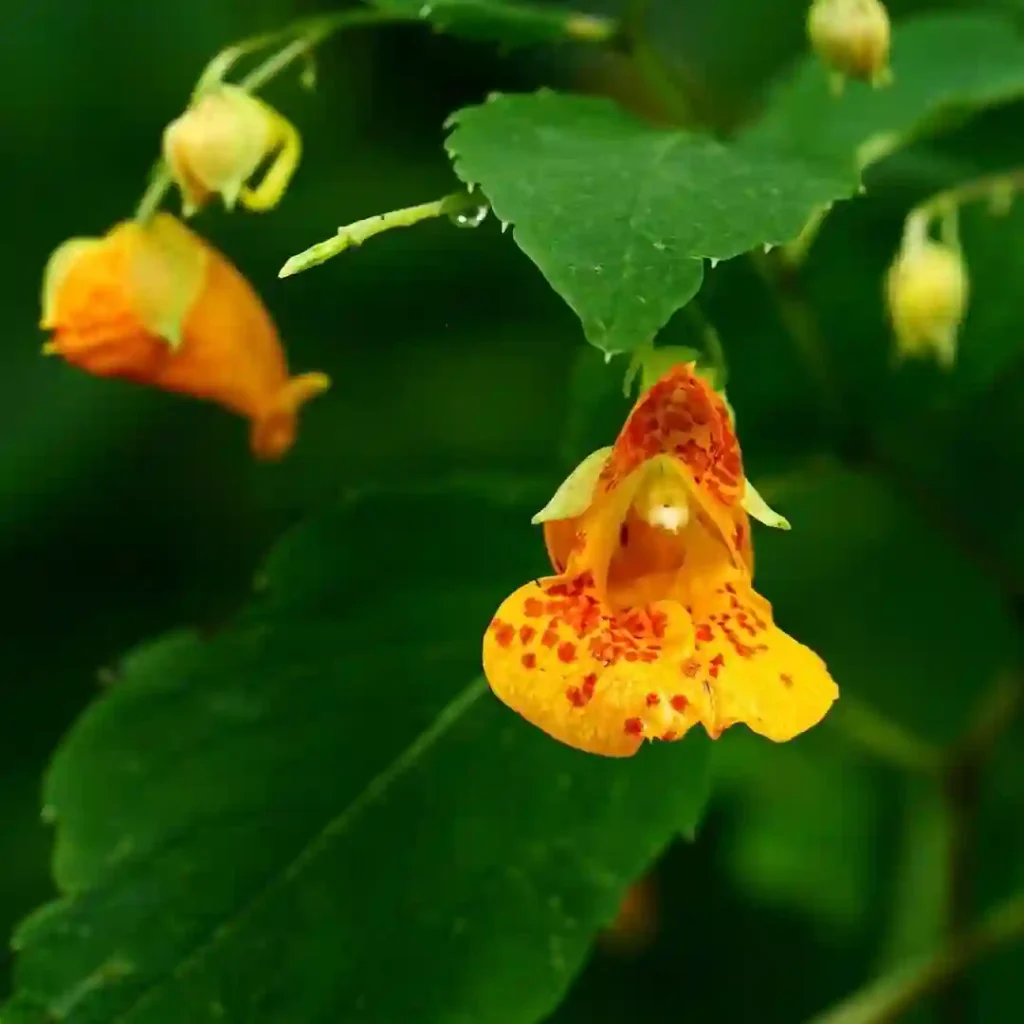Erodium: A Love Affair with Stork’s Bills
My name is Ferb Vu, and I have a confession to make. I’m utterly captivated by a genus of plants that many overlook – Erodium. Perhaps you’ve seen them, these unassuming members of the Geraniaceae family, often mistaken for their more flamboyant cousins, the geraniums. But to my eye, they possess a unique charm, a delicate beauty that whispers rather than shouts.
The name Erodium originates from the Greek word “erodios,” meaning “heron.” This is a nod to the elongated shape of their seed pods, which resemble a heron’s bill. In fact, they’re often called stork’s bills or heron’s bills, and these common names paint a vivid picture of their distinctive feature.
A Diverse and Widespread Genus
What fascinates me most about Erodium is its sheer diversity. This genus boasts over 80 species scattered across the globe. From the rocky slopes of the Mediterranean to the arid landscapes of Australia, Erodium has adapted to a wide range of habitats. This adaptability is reflected in the varied forms they take. Some, like Erodium cicutarium (common stork’s bill), are low-growing annuals, while others, like Erodium chrysanthum, form robust, evergreen mounds.
- Erodium absinthoides Willd.
- Erodium acaule (L.) Bech. & Thell.
- Erodium adenophorum Blatt.
- Erodium aethiopicum (Lam.) Brumh. & Thell.
- Erodium aguilellae López Udias, Fabregat & G.Mateo
- Erodium alnifolium Guss.
- Erodium alpinum (Burm.f.) L’Hér.
- Erodium amanum Boiss. & Kotschy
- Erodium × anaristatum Andreas
- Erodium angustilobum Carolin
- Erodium anthemidifolium M.Bieb.
- Erodium arborescens (Desf.) Willd.
- Erodium asplenioides (Desf.) Willd.
- Erodium astragaloides Boiss. & Reut.
- Erodium atlanticum Coss.
- Erodium aureum Carolin
- Erodium aytacii Yıld. & Doğru-Koca
- Erodium battandierianum Rouy
- Erodium beketowii Schmalh.
- Erodium birandianum Ilarslan & Yurdak.
- Erodium boissieri Coss.
- Erodium × bolosii Romo
- Erodium botrys (Cav.) Bertol.
- Erodium brachycarpum (Godr.) Thell.
- Erodium carvifolium Boiss. & Reut.
- Erodium cazorlanum Heywood
- Erodium cedrorum Schott
- Erodium celtibericum Pau
- Erodium cheilanthifolium Boiss.
- Erodium chevallieri Guitt.
- Erodium chilense I.M.Johnst.
- Erodium chium (L.) Willd.
- Erodium chrysanthum L’Hér.
- Erodium ciconium (L.) L’Hér.
- Erodium cicutarium (L.) L’Hér. – Plant FAQs: Erodium Cicutarium
- Erodium corsicum Léman ex DC.
- Erodium crassifolium L’Hér.
- Erodium crenatum Pomel
- Erodium crinitum Carolin
- Erodium crispum Lapeyr.
- Erodium × cul-roigense Pérez Dacosta
- Erodium cyconioides Tzvelev
- Erodium cygnorum Nees
- Erodium cyrenaicum (Pamp.) Guitt.
- Erodium daucoides Boiss.
- Erodium dimorphum Wendelbo
- Erodium × fallax Jord.
- Erodium flexuosum P.H.Davis & J.Roberts
- Erodium foetidum (L.) L’Hér.
- Erodium fumarioides Steven
- Erodium gaillardotii Boiss.
- Erodium garamantum (Maire) Guitt.
- Erodium gaussenianum P.Monts.
- Erodium geoides A.St.-Hil.
- Erodium ghahremanii Assadi & Fakhr-Ranjbari
- Erodium glandulosum (Cav.) Willd.
- Erodium glaucophyllum (L.) L’Hér.
- Erodium gruinum (L.) L’Hér.
- Erodium guinochetianum Guitt.
- Erodium guttatum (Desf.) Willd.
- Erodium hakkiaricum P.H.Davis
- Erodium hartvigianum Strid & Kit Tan
- Erodium hendrikii Alpinar
- Erodium hesperium (Maire) H.Lindb.
- Erodium heteradenum (Pau & Font Quer) Guitt.
- Erodium heterosepalum Blatt.
- Erodium hoefftianum C.A.Mey.
- Erodium iranicum El-Oqlah
- Erodium jahandiezianum Emb., Maire & Weiller
- Erodium janszii Alarcón & al.
- Erodium keithii Guitt. & Le Houér.
- Erodium laciniatum (Cav.) Willd.
- Erodium lebelii Jord.
- Erodium leucanthum Boiss.
- Erodium litwinowii Woronow
- Erodium maculatum Salzm. ex C.Presl
- Erodium malacoides (L.) L’Hér.
- Erodium manescavi Coss.
- Erodium maritimum L’Hér.
- Erodium masguindalii Pau
- Erodium medeense Batt.
- Erodium meynieri Maire
- Erodium micropetalum Boiss. & Hausskn.
- Erodium microphyllum Pomel
- Erodium moschatum (L.) L’Hér.
- Erodium mouretii Pit.
- Erodium munbyanum Boiss. ex Munby
- Erodium nanum Blatt.
- Erodium nervulosum L’Hér.
- Erodium neuradifolium Delile ex Godr.
- Erodium oreophilum Quézel
- Erodium oxyrhinchum M.Bieb.
- Erodium paui Sennen
- Erodium pelargoniiflorum Boiss. & Heldr.
- Erodium populifolium L’Hér.
- Erodium pulverulentum (Cav.) Willd.
- Erodium recoderi Auriault & Guitt.
- Erodium reichardii (Murray) DC.
- Erodium rodiei (Braun-Blanq.) Poirion
- Erodium rupestre (Pourr. ex Cav.) Guitt.
- Erodium rupicola Boiss.
- Erodium ruthenicum M.Bieb.
- Erodium × saguntinum Pérez Dacosta
- Erodium salzmannii Delile
- Erodium sanguis-christi Sennen
- Erodium saxatile Pau
- Erodium schemachense Grossh.
- Erodium sebaceum Delile
- Erodium sibthorpianum Boiss.
- Erodium somanum Peşmen
- Erodium sosnowskianum Fed.
- Erodium stellatum Delile
- Erodium stephanianum Willd.
- Erodium stevenii M.Bieb.
- Erodium subintegrifolium Eig
- Erodium sublyratum Samp.
- Erodium tataricum Willd.
- Erodium telavivense Eig
- Erodium texanum A.Gray
- Erodium tibetanum Edgew. & Hook.f.
- Erodium tordylioides (Desf.) L’Hér.
- Erodium touchyanum Delile ex Godr.
- Erodium toussidanum Guitt.
- Erodium trichomanefolium L’Hér.
- Erodium trifolium (Cav.) Cav.
- Erodium vetteri Barbey & Fors.-Major
- Erodium × viscosum Salzm. ex Delile
The Allure of the Stork’s Bill
Why am I so drawn to these plants? Perhaps it’s their understated elegance. Their flowers, while smaller than those of many geraniums, possess a delicate beauty that is both captivating and refreshing. Or maybe it’s their resilience. Erodium species are tough survivors, thriving in conditions that would challenge many other plants. This tenacity is something I admire.
But more than anything, I think I’m drawn to their unique seed dispersal mechanism. As the seed pods dry, they develop a long, spiraling awn that acts like a corkscrew. When the awn comes into contact with moisture, it coils and uncoils, literally drilling the seed into the ground. This ingenious adaptation ensures that the seeds are securely planted, increasing their chances of germination.
A Gardener’s Perspective
From a gardener’s perspective, Erodium offers many advantages. They are relatively low-maintenance plants that tolerate a wide range of conditions. They are also drought-tolerant, making them ideal for water-wise gardens. And because they attract pollinators like bees and butterflies, they contribute to the overall health of the garden ecosystem.
Whether you’re a seasoned gardener or just starting out, I encourage you to give Erodium a try. These charming plants will reward you with their delicate beauty, resilience, and fascinating adaptations. And who knows, you might just find yourself falling in love with stork’s bills, too.
If i die, water my plants!



